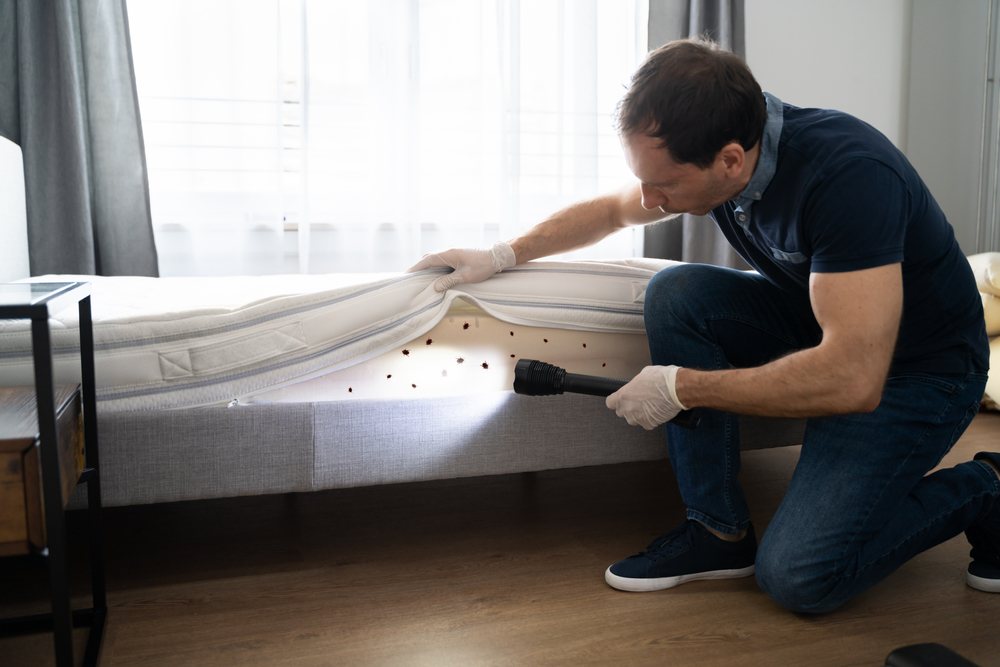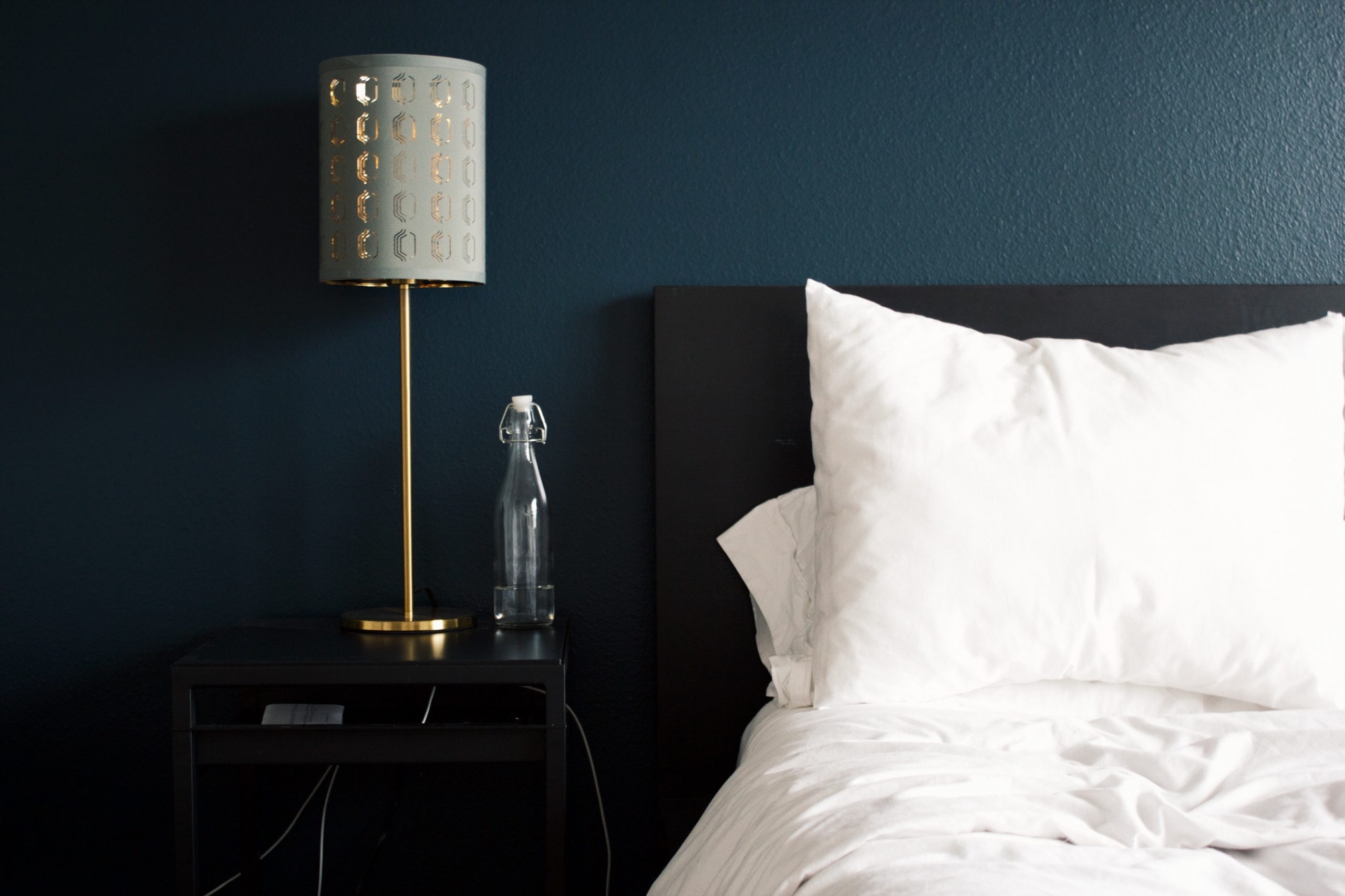Believe it or not, bed bugs really do live in your bed!
They are flat, small, brown and red insects that hide in places like crevices on sofas and chairs, inside electrical outlets, behind picture frames and many other places inside your home.
Because they are so tiny, they are hard to see and find. When young, they look like specks of black pepper, and as they age, they do not grow much bigger.
How to Identify a Bed Bug Bite
Bed bugs feed on blood, and most of that is human blood. They can survive a few days between feedings. They tend to eat in the morning, when most humans are sound asleep.
Identifying bed bug bites can be a bit daunting. Their bite is relatively small, and they can appear as tiny, raised welts which mimic mosquito bites, or they might have the appearance of a rash with flatter spots. When the bed bugs bite, they inject saliva into your skin which promotes itching, redness, and irritation.
Diagnosing bed bugs can be done a couple of ways. First, there is an appearance of small bites all over your skin. Unfortunately, they look like many other bug bites. One of the easiest ways to diagnose the bites as bed bugs is finding the infestation inside your home. Once found, you can probably diagnose yourself, but a doctor can identify them better or make sure there is no skin infection due to the scratching.
It can be easy to confuse bed bug bites with those from fleas and other insect bites. Normally, you will not feel the actual bite because when they inject the bite, they also inject anesthetic and anticoagulant at the same time.
After the actual bite, the marks will appear on your skin anywhere from one day to two weeks after. Like mosquitos, the bite can cause an allergic response where the bite was injected. Some people have minor swelling, and others have major swelling.
Signs and Symptoms of a Bed Bug Bite
The bite of a bed bug can produce a random pattern or be in a straight line. In many cases, a person might observe a pattern of three spots in a row. Some call this the breakfast, lunch, and dinner bites! They typically will bite any open skin areas, so most often they are on the hands, feet, and face. The first time you notice a bite, it will be itchy, red and usually have a small blood dot of red in the center of the bite. In the case of several repeated bites, you can develop whelps and blisters.
Another way of diagnosing if the bites are due to bed bugs is by inspecting areas where they are most active before dawn. The bugs rapidly run from light, so look in the seams of sheets and mattresses. If they are bed bug bites, you will notice a rusty-colored blood spot on the sheets and bedding.
This is from the feces of the bedbug or from a bed bug being crushed while it was feeding. You might notice eggs as well within the seams of the bedding.
If you are still unsure you have bed bugs, the Cooperative Extension Services in your county can help diagnose it based on samples and pictures you collect. Additionally, an expert with a pest control company can confirm bedbugs or an infestation in your home.






